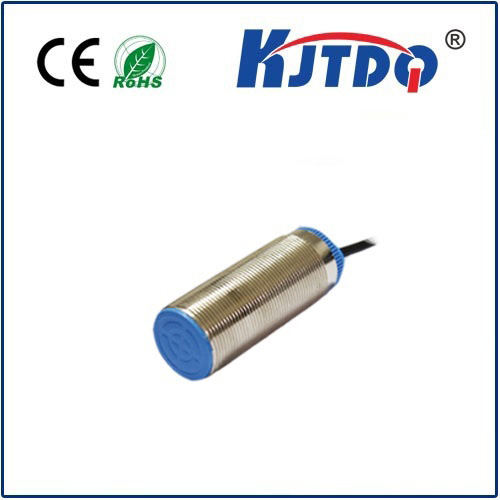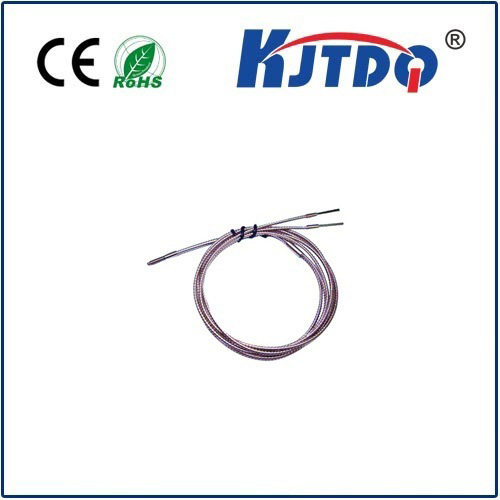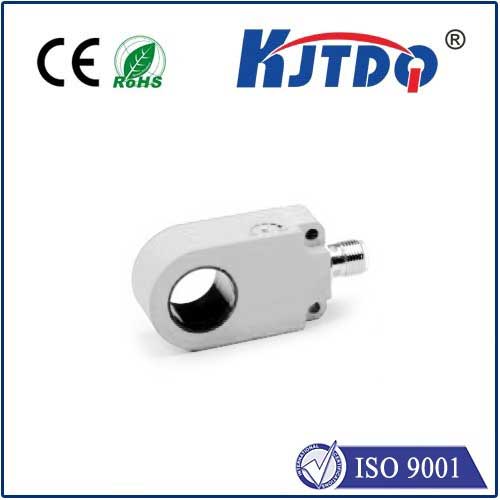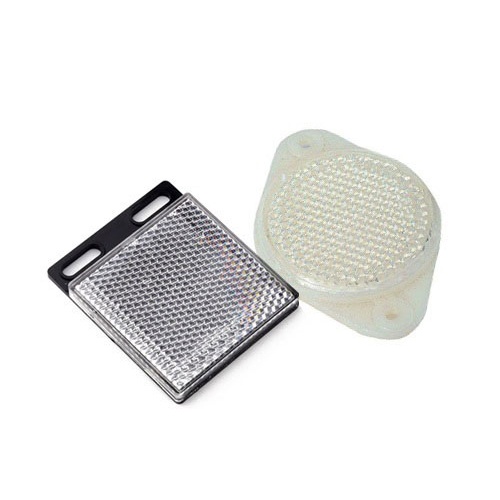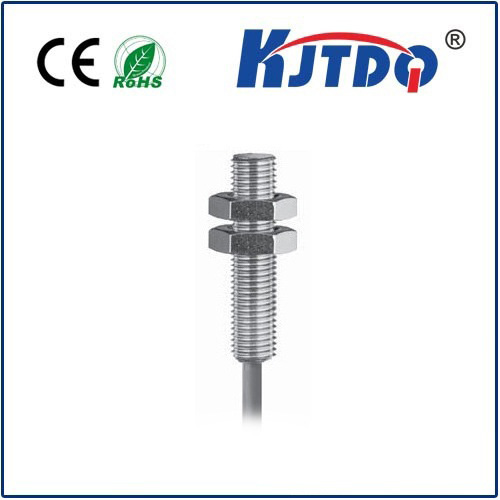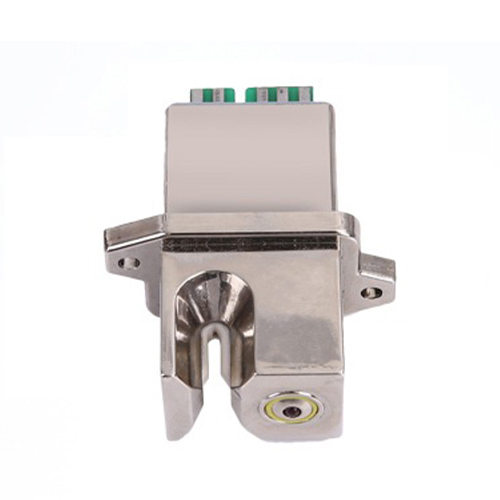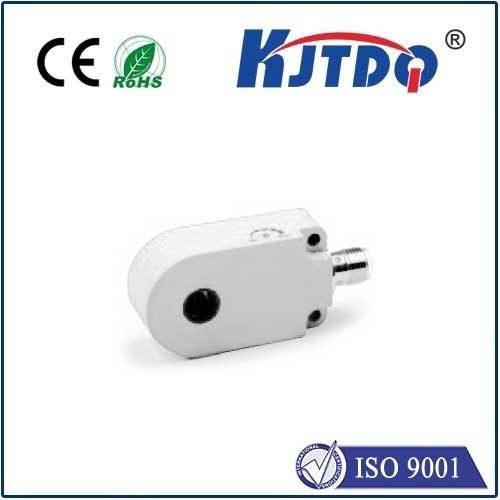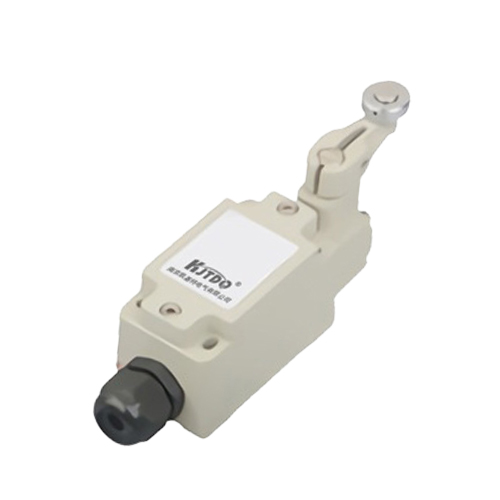m12 индукционный датчик
- time:2025-06-13 00:42:15
- Нажмите:0
M12 Inductive Sensors: The Compact Powerhouses Reshaping Industrial Automation
Imagine a factory floor humming with activity – robotic arms welding with precision, conveyor belts carrying parts at blistering speeds, and intricate assembly lines operating flawlessly. Ensuring this complex ballet runs smoothly often hinges on a deceptively simple component: the humble M12 inductive sensor. These small yet incredibly robust devices are the unsung heroes of modern automation, providing the critical eyes that machines rely on for positioning, detection, and control.
But what exactly is an M12 inductive sensor, and why has this specific form factor become so ubiquitous?
Understanding the Core: Inductive Sensing
At its heart, an inductive proximity sensor detects the presence or absence of metallic objects without physical contact. It achieves this through electromagnetic principles. Inside the sensor head, an oscillator circuit generates a high-frequency electromagnetic field. When a ferrous (iron-based) or non-ferrous (like aluminum, copper, brass) metal target enters this field, eddy currents are induced on the target’s surface. This interaction dampens the oscillation within the sensor’s coil circuit. An integrated evaluation circuit detects this change in amplitude or frequency and triggers a solid-state output switch (like PNP or NPN transistors), signaling the target’s presence.

This fundamental principle grants inductive sensors their key advantages: completely non-contact operation (eliminating wear and tear), high reliability (no moving parts), exceptional resistance to dirt, dust, oil, and moisture, and high switching speeds capable of handling rapid machine cycles.
Why the M12 Form Factor Reigns Supreme
The “M12” designation refers to the sensor’s standardized cylindrical threaded housing with a 12mm diameter. This seemingly simple specification is pivotal to its success:
- Compact Size: In the densely packed environments of control panels and machinery, space is always at a premium. The small footprint of the M12 sensor allows for easy installation in tight spaces where larger sensors simply wouldn’t fit. This enables sophisticated sensing solutions even within miniature equipment.
- Industrial Standardization: M12 has become the de facto standard worldwide for sensor connectivity. This universal acceptance means:
- Vast availability of standardized M12 connectors (3-pin, 4-pin, 5-pin) for quick and reliable wiring.
- Cost-effective manufacturing and sourcing due to massive production volumes.
- Easy interchangeability and replacement across different manufacturers (though specifications must still be verified).
- Extensive range of pre-fabricated M12 cables and cable glands readily available.
- Robustness & Protection: Designed for harsh industrial environments, M12 sensors boast impressive Ingress Protection (IP) ratings, commonly IP67 or IP68. This signifies they are dust-tight (IP6x) and can withstand immersion in water (IPx7/x8) to specified depths and durations. Their typically nickel-plated brass or stainless-steel housing resists corrosion and impacts.
- Versatility in Mounting: The threaded barrel allows for secure and flexible installation using locknuts. Flush mountable versions are common, and shielded designs enable embedding in metal structures without false triggering, while unshielded variants offer slightly longer sensing ranges.
Key Features Defining M12 Inductive Performance
When selecting an M12 inductive sensor, several critical specifications come into play:
- Sensing Distance (Sn): This denotes the nominal range at which a standard target (usually a 1mm thick square of ferrous steel) will reliably trigger the sensor. For M12 sensors, common sensing ranges are typically between 2mm and 4mm for shielded types and up to 8 мм for unshielded types. Always consult the datasheet for the exact Sn value and ensure it meets your application’s needs, considering the target material’s properties (Factor 1 for non-ferrous metals reduces the effective range).
- Output Configuration: The electronic switching output defines how the sensor interfaces with the control system (PLC, controller). The dominant types are:
- PNP (Sourcing): Switches the positive voltage (+V) to the load. Common in Europe and increasingly global.
- NPN (Sinking): Switches the negative or ground (0V) connection to the load. Common in Asia and historically in the Americas.
- NO (Normally Open) / NC (Normally Closed): Refers to the state of the output when Нет! target is present. NO is open circuit; NC is closed circuit.
- Analog Output: Less common but available, providing a continuous signal proportional to the distance to the target.
- IO-Link: A rapidly growing standard allowing for bidirectional digital communication, enabling advanced diagnostics, remote configuration, and integration into Industry 4.0/Smart Factory concepts. Choosing the correct output type (PNP/NPN, NO/NC) is essential for compatibility with your control system.
- Housing Material: Common options are robust nickel-plated brass for general use or stainless steel (V2A, V4A/316L) for highly corrosive environments (chemical, food & beverage, marine).
- Operating Voltage: Typically designed to work with standard industrial DC voltages like 10-30V DC.
- Switching Frequency: Indicates how many times per second the sensor can reliably detect a target passing by. Higher frequencies (e.g., 1kHz, 5kHz) are crucial for high-speed applications.
- Environmental Resilience: Beyond IP ratings, consider operating temperature range, resistance to specific chemicals or welding splatter (often specified as “Welding Spark Resistant”), and vibration/shock resistance.
Ubiquitous Applications: Where M12 Inductive Sensors Shine
Their compactness, reliability, and robustness make M12 inductive sensors indispensable across countless industries:
- Factory Automation: Detecting piston positions in cylinders, monitoring spindle position or tool presence on CNC machines, counting parts on conveyors, verifying component presence in assembly jigs, detecting end-of-stroke on actuators.
- Packaging Machinery: Confirming case or bottle presence at filling/capping stations, verifying cap placement, detecting metal components on high-speed lines, monitoring position of servo-driven elements. Their resistance to cardboard dust and moisture is critical.
- Automotive Manufacturing: Position feedback on robotic welders and grippers, detecting metal components moving along lines, verifying wheel hub presence before machining, monitoring pallet transfers. Harsh conditions demand their durability.
- Перевозка материалов: Monitoring conveyor belt rollers for jams (detecting roller end caps), detecting pallet positions within Automated Storage & Retrieval Systems (AS/RS), verifying lift and shuttle positions.
- Food & Beverage Processing: Stainless steel variants ensure hygiene compliance (H1 lubricants often approved), detecting metal lids, cans, or machinery parts within washdown environments, verifying valve positions. IP69K ratings might be required for high-pressure spraydowns.
- Mobile Machinery: Monitoring hydraulic cylinder positions on agricultural or construction equipment, detecting bucket or implement angles, verifying gear positions, even simple presence detection onboard. Their resilience to vibration and environmental extremes is key.
Selecting the Right M12 Inductive Sensor
Choosing the


